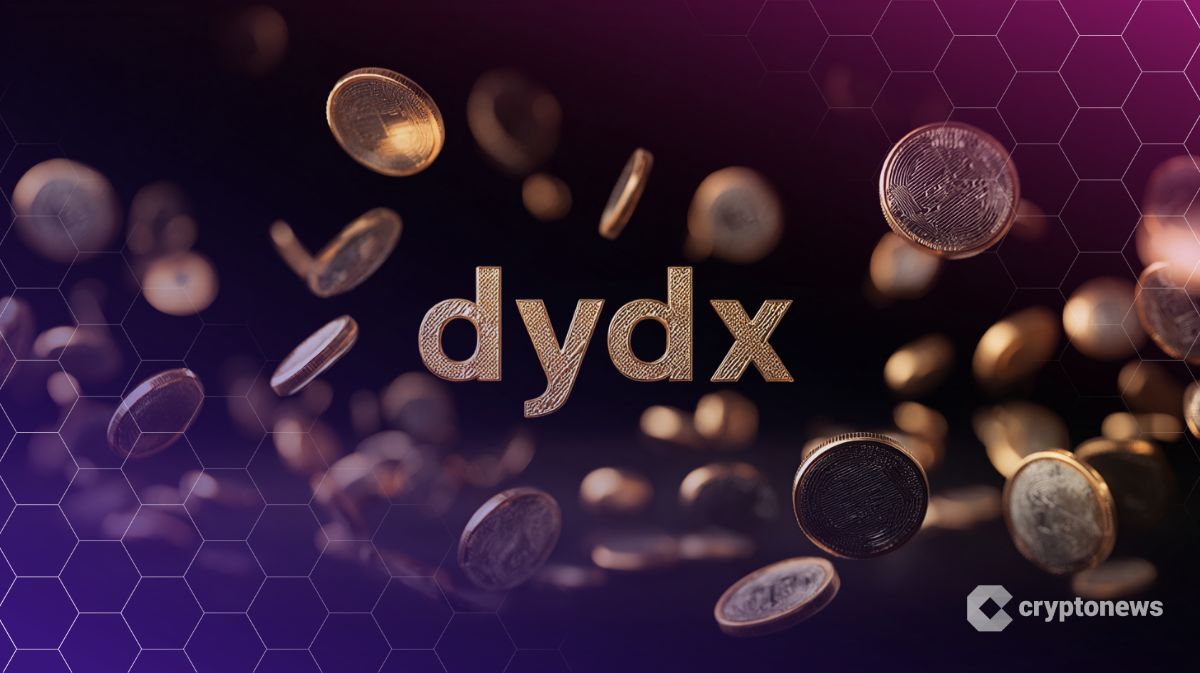Crypto big wigs head to White House to witness GENIUS Act signed into law
The cryptocurrency industry is about to witness history with the U.S. President Donald Trump poised to sign the GENIUS Act into law, and two of the top industry players will be at the White House to witness the regulatory milestone.
Brian Armstrong, the co-founder and chief executive officer of Coinbase and Jeremy Allaire, the co-founder and CEO of Circle, are headed to White House.
As the cryptocurrency industry awaits the historic event set for 2:30 pm on July 18, 2025, Armstrong and Allaire have posted on X that they will be in attendance.
This comes after Congress passed the GENIUS Act and two other digital asset regulation bills – the CLARITY Act and Anti-CBDC Act. Crypto hailed the legislative milestone as a major win for the industry, particularly as GENIUS, which targets the stablecoin sector, heads to Trump’s desk for signing into law.
Crypto regulatory milestone
Armstrong, whose Coinbase is the biggest U.S.-based crypto exchange, posted on X that GENIUS marks the next step in crypto innovation and adoption.
The GENIUS Act received bipartisan support in the House, with a 308-122 vote marking a notable support move from Democrats. The passage of the bills and Trump’s signing into law will mark a winning end to the “Crypto week.”
Allaire also posted on X:
In a comment, Dante Disparte, Circle’s chief strategy officer, said:
The GENIUS Act is set to be the first ever major digital asset regulation to be assented into law by a U.S. president.
You May Also Like

dYdX Snaps Up Telegram Trading App That Hit $1B Volume in Under a Year

Charles Schwab CEO: Will provide spot trading of BTC and ETH in the next 12 months
